Table of Contents
Update June 2023
It is astounding how fortunes have been won and lost in Wrangell-St. Elias, the truly astonishing national park. The remarkable history of this park where many prospectors came looking for wealth-only to leave disappointed. Few winners overcame incredible odds to be rewarded. Sadly, most miners were losers. A magnificent drive on the McCarthy Road leads to the Kennecott mine.
Wrangell-St. Elias National Park and Preserve is the US’s largest national park with over 13.1 million acres, most of its inaccessible wilderness. The immenseness of the park blew us away! It is larger than any other national park, bigger than Switzerland, and it is six times the size of Yellowstone National Park.
All in all, the park is encompasses 9 of the highest majestic peaks including Mount St. Elias (18,008 feet), Mt Bona (16,421 feet), Mount Blackburn (16,390 feet) and Mount Sanford (16,237 feet). There is a plethora of abandoned mines, endless glaciers and majestic mountains to explore.

Yet, Wrangell-St. Elias only sees a 1/4 of the visitors that Denali hosts. In 1979, they designated it a UNESCO World Heritage Site. The Copper River Basin begins its origins in the Wrangell mountains.
This post may contain affiliate links, meaning if you purchase something through one of these links, we may earn a small commission at no extra cost to you! Read the full disclosure policy here.
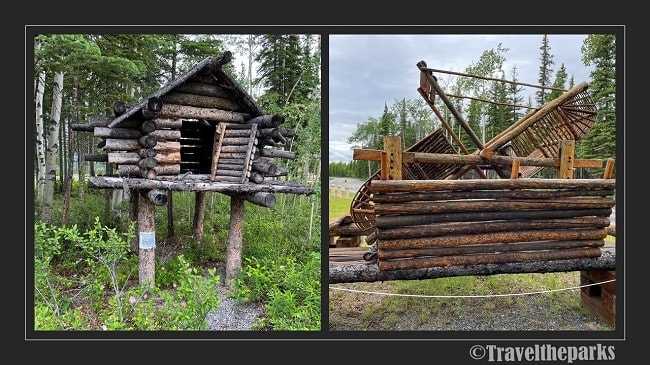
Wrangell-St. Elias Travel Guide: What to Know Before You Go
- Entrance Fees: Wrangell-St. Elias National Park is a no-fee park. There are no entrance fees for the park, and it does not offer or distribute interagency passes.
- Visitor Centers: The main visitor center located at Copper Center (mile 106.8 Richardson Highway) operates seasonally from mid-May to mid-September, typically daily from 9:00 AM to 6:00 PM. Winter Hours: The visitor center is closed from October to April. During this period, there can be limited services at the park administration building behind the visitor center.
- Road Access: The park is accessed through McCarthy Road and Nabesna Road, gravel roads that are State of Alaska-maintained. These roads are year-round accessible but could not be maintained regularly during the winter.
- Best time to visit: Peak Season: Mid-May to mid-September — ideal for hiking, sightseeing, and visitor center services. Shoulder Seasons: Late April to early May and late September to early October — fewer individuals, but some facilities are closed. Winter (October to April): Park is open, but many roads and visitor services are closed or limited; excellent for experienced backcountry travelers and winter sports enthusiasts
- Pets are allowed in developed campsites, campgrounds, and roadways. Pets must be on a leash no longer than 6 feet at all times. Pets are not allowed on most trails, in wilderness, or on backcountry trips due to their safety and for not disturbing wildlife.
Exploring Wrangell-St. Elias National Park: Visiting the Headquarters & Visitor Center (MM 106)
This is always our first stop when visiting any national park. Just outside of Glennallen 10-miles south on the Richardson Highway towards Valdez, the center will be on your left. The exhibit hall has comprehensive displays about the geological and anthropological information specifically about the ecology flora and fauna and mining history. This is the place to collect your NP Passport stamp, the park informational brochure and the free CD narration for driving the McCarthy Road. The Ahtna Cultural Center, C’ek’aedi Hwnax ‘Legacy House’ gave us an opportunity to watch local crafters doing beadwork and carving. It’s a great way to learn the history of the Ahtna people and speak with the locals.
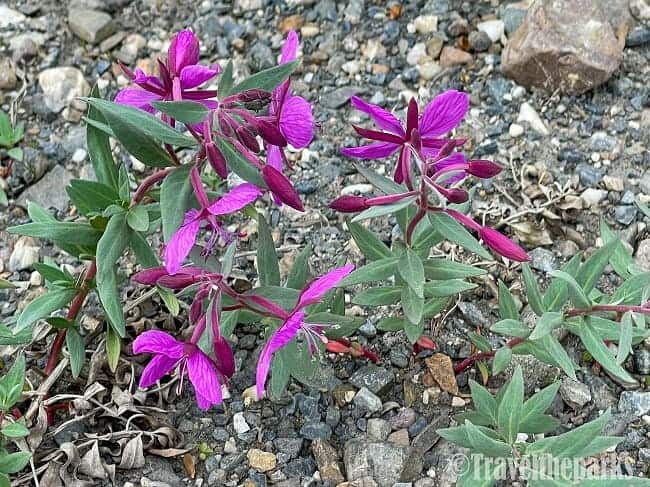
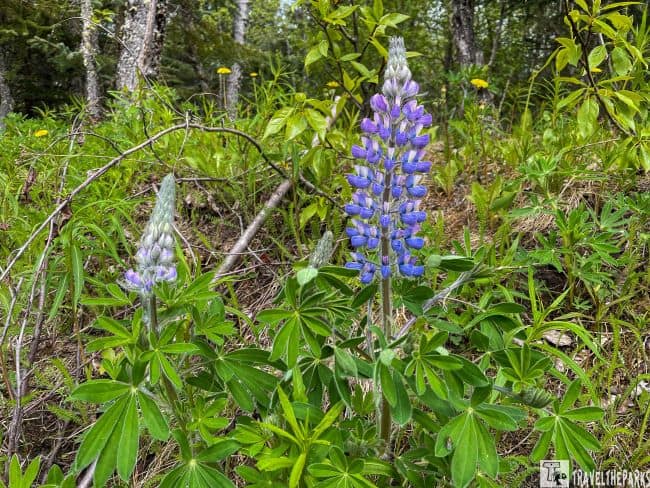
I recommend watching the movie “Crown of the Continent” in the theater. It explores the features of the park, giving a wonderful overview. Highlighting how glaciers grind the mountains continue to transform the landscape.
There are two hiking trails that start at the visitors’ center. The Boreal Forest Trail is a 1/2-mile loop through the mostly spruce forest. The trail is relatively easy with little elevation gain. Originally part of the Valdez Trail, the short offshoot gravel trail led gold miners from Valdez to Fairbanks in the late 1900s. Seven interpretive displays provide historical information.
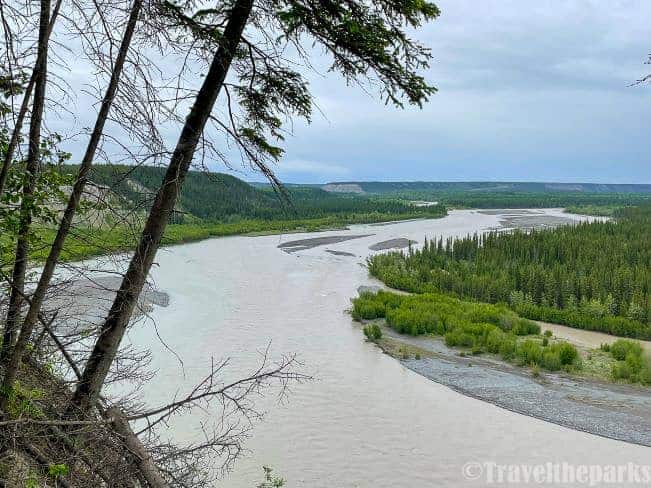
The Copper River Bluff is a looping 1/2-mile side trail that leads to an overlook of the river. The trail descends through aspen forest before gaining elevation to magnificent views of the Wrangell mountains (Sanford, Drum and Wrangell volcanoes), copper river and forested valley. Consider applying plenty of bug spray as Alaska’s national bird, the pesky mosquito thrives here.
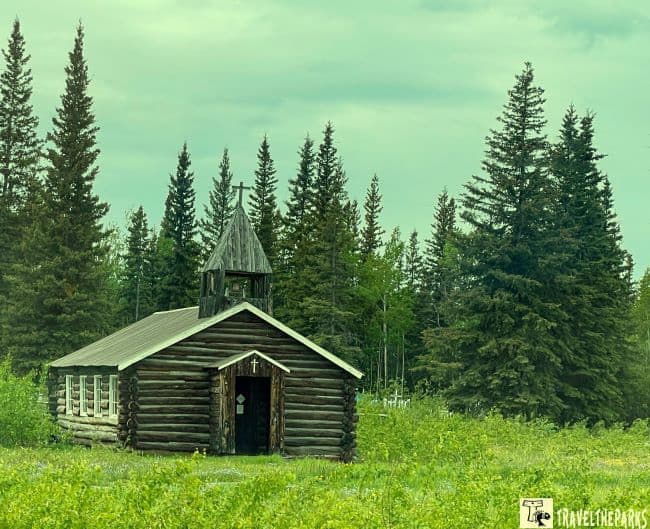
Exploring Copper Center: The Historic Frontier Town
At the confluence of the Klutina and Copper rivers, this historic town is popular for its salmon fishing. Originally, the town was a supply center for those travelling the Valdez trail, providing a haven for miners headed north to seek their fortunes (1897-1898). Today a loop road connects Copper Center to the Richardson highway. George I. Ashby Memorial Museum was the first log building in Copper Center. We stopped in to learn more about how the community has contributed to the gold mining era by looking over documents, artifacts and educational displays. The museum is open 7 days a week, hours are from 10 am to 3 pm, Sundays from 1 pm to 3 pm.
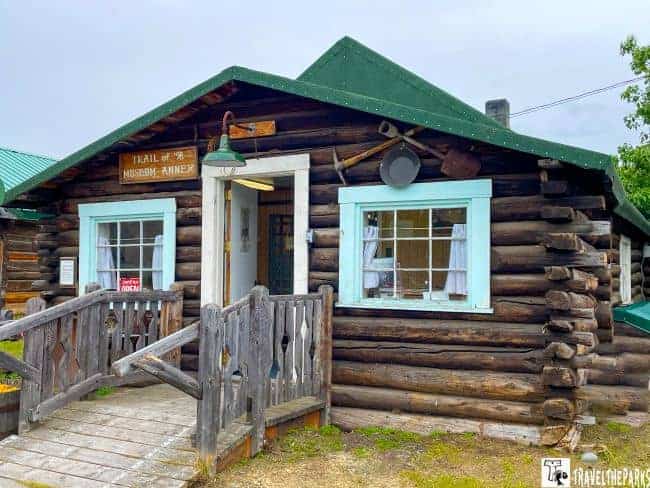
A quick stop for dinner at Numby’s (Old Town Copper Center Restaurant). A historical property with the atmosphere of an old time roadhouse. The sign says “you are only a stranger once.” On the main loop in Copper Center, this log cabin is a great place for dinner. Tastefully decorated, we loved the atmosphere. You would not think that food could taste so good. The halibut dinner was amazing!. Barry had the cheeseburger-the fresh baked bun was perfect! The service was excellent! Such a wonderful surprise in the middle of nowhere!
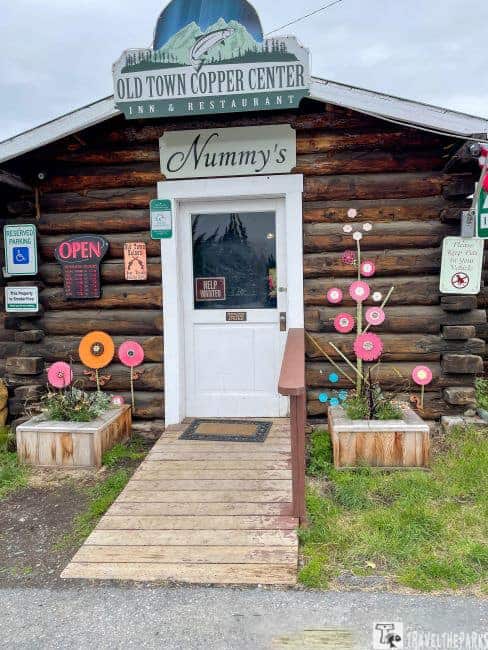
Unraveling the Fortune: Exploring the Rich History of Wrangell-St. Elias and Kennecott
The fortunes of Wrangell-St. Elias and Kennicott are closely linked with those of Valdez. The port was the jumping off point for many prospectors seeking to find wealth in the gold fields of Nome and the Klondike. Two prospectors “Tarantula” Jack Smith and Clarence L. Warner, had spent time along the Copper River talking with native Ahtna inquiring about the copper utensils they used. The native Athabascans were tight-lipped about the source of the copper. The two men suspected the sources must be upriver.

Venturing out to find their fortune, the two men reached the Kennicott glacier. Looking upwards one day, they noticed a patch of green on the ice covered slope. Further investigation determined the green to be the rock malachite, in its purest form, “copper.” Stephen Birch, a mining engineer, bought the first mining rights from the group. This led to the creation of the Kennicott Copper Corporation and tremendous investments by the Guggenheim and Morgan families building infrastructure to support the massive endeavor. They built the Copper River and Northwestern Railway to transport the ore to Cordova for ships to move to smelters on the Washington coast. Today, the railroad is the foundation of the McCarthy road that you drive to reach the mine.
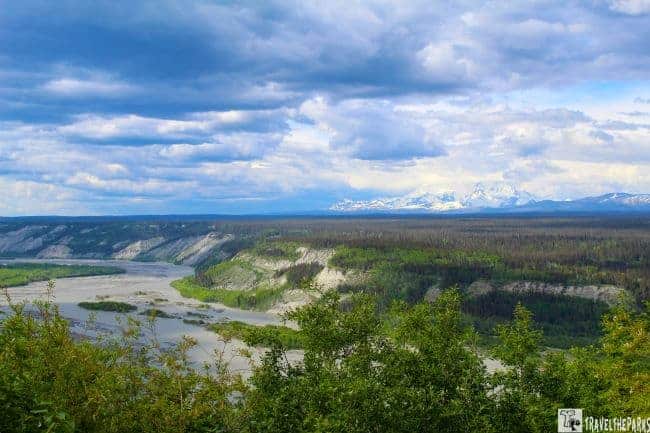
Chitina: Where the Rails Meet the Trails – A Gateway to Adventure in Wrangell-St. Elias
The town is quite remote by most standards and is the start of the 62-mile run off the McCarthy road. At mile marker 33, on the Edgartown highway, our first stop was to visit the historic log cabin Chitina Ranger Station. Here you can get road and other important updates before taking the drive to the Kennicott mine. If time permits, hike to Liberty Falls (MM 23) in the Liberty Falls State Recreational Area (no day-use parking fee). Our Airbnb host suggested the 2.3-mile out & back trail. The steep trail moves through the boreal forest, taking you to the top of the fall. Panoramic views of the Wrangell mountains and small lake. If you want to just see the cascading waterfalls, there is a small pullout further along the road. Great spot to have a picnic lunch.
PRO Tip: Bears are highly active along most trails in Alaska. Be bear aware, carry bear spray or travel in a group.

Embrace the Wilderness on the McCarthy Road
There are only two rather underdeveloped roads that access the vast wilderness of the park. One on the west side starts at the town of Chitina and the other is the Nabesna Road in the most northern reaches of the park.
To safely navigate the road will take approximately 2-3 hours if you include stops. The national park service does not maintain the narrow gravel road instead, it is the responsibility of the state of Alaska. They built directly over the old railway bed. Often rail spikes rise to the surface, puncturing the occasional vehicle tire. Many bridges crossover braided rivers (Kotsina, Chitina) most eventually connect back to the Copper river.
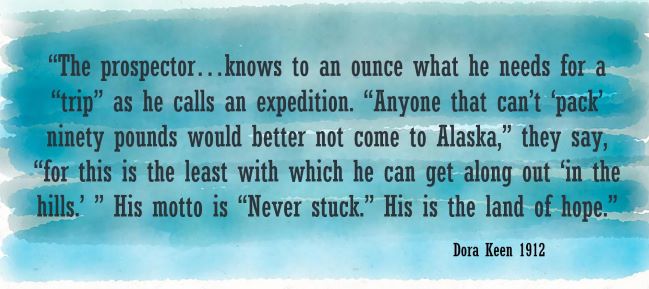
If the thought of driving the road in a rental car makes you hesitate, there are other modes of transportation available for a price. From the Chitina, Wrangell Mountain Air offers daily 30-minute flights very expensive or Kennicott shuttle company will do the drive for you at a reasonable price. We recommend using Kennicott Shuttle to get you into the park, as most rental car companies do not allow you to travel the road. The shuttles will pick you up and return you to your destination. Bring along snacks and refillable water bottle. We also suggest downloading the McCarthy road audio tour prior to starting your journey on the road. There is limited cell service.
Note: The speed limit for the McCarthy Road is 35mph.

A Scenic Adventure: Exploring Kuskulana River
The McCarthy road officially starts at the “railroad cut.” This was originally a tunnel for the railroad that was blasted when the mine closed. First one lane it was first widened to 16 feet in 1909. The first notable viewpoint (MM 0.5) is the bridge over the Copper river at the convergence of the Copper and Chitina Rivers. Fish weirs and dip netters frequent this stretch of the river. It is interesting that native fish do not inhabit the river, only migratory salmon. On a clear day, spectacular views of the volcanic Mount Drum on this section of the McCarthy road.
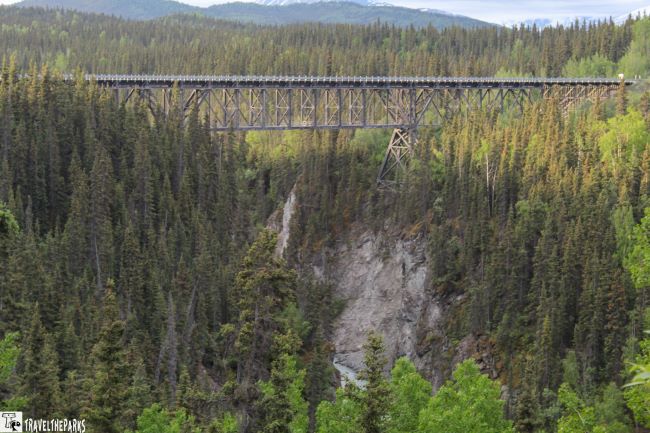
The most hair-raising is crossing the 600 foot long single lane bridge over the Kuskulana River (MM16). Originally built for the railroad in 1910, the bridge hovers 238 feet over the river has hardly any guardrail. The McCarthy road was something even our imaginations could prepare us for. Majestic mountains, many creeks and rivers. We saw two moose and 2 lynx graced us with their presence by chasing rabbits close to the road. Mt. Blackburn is visible weather permitting.
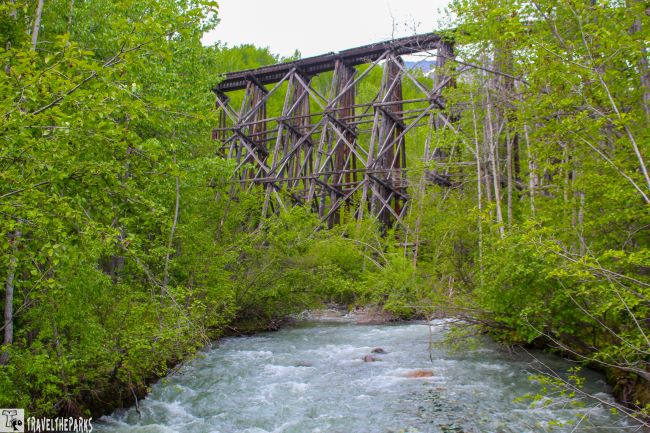
From this point the road becomes narrow gravel with sections of washboard and pot-holes most of the way to McCarthy. Unlike other national parks, many of the indigenous Ahtna Athabascan own property along the McCarthy road. An interesting rest stop is the Gilahina Trestle over the Gilahina River (MM29). This historic railway trestle spans 880 feet and is 90 feet high. Build in 1901. It took 11 days using one-half million board feet of lumber to complete the wooden bridge. An engineering marvel when you think of the isolated location.

Exploring the Boomtown of McCarthy: A Historic Journey in Wrangell-St. Elias National Park
We survived the white knuckled McCarthy Road! The ghost town of McCarthy, with its many dilapidated ruins and defunct buildings, considers itself the gateway to Wrangell St. Elias. During its pioneering heyday, the boomtown prospered, providing mostly valuable support to the mine and families. Some pursuits were not so valued (liquor, working girls, etc). Today the town keeps much of its enduring charm delivering local accommodations, dining, tour services, guided flight seeing, and other sporting or leisure activities. Explore the frontier town with a quick stop at the McCarthy – Kennicott Historical Museum. Housed in the original Copper River & Northwestern Railroad depot. They offer self-guided walking tours. The diorama of the Bonanza mine gives you a real perspective about the size of the mine.

The drivable portion of the road ends at the Kennicott River, just 1-mile west of the town of McCarthy. From here, visitors must park and walk. There is a pedestrian footbridge over the Kennecott River. Here on the opposite side await plenty of shuttles for those wishing to travel the 4.5-miles to the national historic Kennecott mine. Most shuttles charge a fee ($5 one-way). Some independent-minded travellers choose to walk the one mile to McCarthy or the 5-miles McCarthy to Kennecott.
Note: You can find the shuttle company contact information on the sign at the footbridge, at the end of the McCarthy Road.

Preserving History: Exploring the National Historic Landmark – Kennecott Mine in Wrangell-St. Elias National Park
Early 20th Century the discovery of copper brought people to the Kennecott Copper Mine. The mine operated from 1911 to 1938. At one time, this was one of the most productive copper-mining site in the world. Today, the building is in various stages of disrepair. Built between 1907 to 1925, the park service is currently working to preserve and stabilize many of these historic structures. The historic Blackburn School serves as the Kennecott visitor center. Knowledgeable rangers are available to help with tours, backcountry hikes and maps.
Step back in time with a tour of the Kennecott Copper Mine mill buildings. A self-guided tour is available, but spend the $$ and take the guided tour with St. Elias Alpine guides (exclusive concession with the National Park Service).

Unearth the Past: Exploring the Prosperous Mine with a Tour in Wrangell-St. Elias National Park
The red buildings against the panoramic backdrop of the Kennicott glacier and Wrangell mountains are breathtakingly beautiful. Before the tour, we watched the introductory video detailing the history of the mine in the old general store. It was fascinating! We just love historic places.
The 2.5-hour tour starts at the ore processing building at the top of the 14-story staircase to the concentration mill (150 ft elevation gain). The tour winds down the narrow staircase going through each step in the copper extraction process of the 1900s, before ending in the lower buildings and the power plant. It was extraordinary that this was the first mine to use an ammonia leaching/fixation process. The guides are extremely knowledgeable and passionate about the mine’s history. Many of the immersive exhibits include personal stories of the workers and the families that lived in Kennecott during the mining operation years from 1911 to 1938. I could envision how the workers felt, looking out the windows when the glacier blocked the mountains. It must have been a struggle to survive the winters here.

Majestic Ice: Discovering the Kennicott Glacier in Alaska’s Wilderness
We finished our tour of the main street looking in the additional buildings-dormitories for workers, school, general store, post office, hospital, and other private dwellings. It was an amazing experience!!
The gargantuan Kennicott Glacier is clearly visible from the wagon boardwalk. Tailing debris from the mine litter the top of the glacier, a pretty desolate sight. I felt here the solitude of Wrangell-St. Elias National Park. The only sounds you will hear are the birds and the trickle of melting ice.
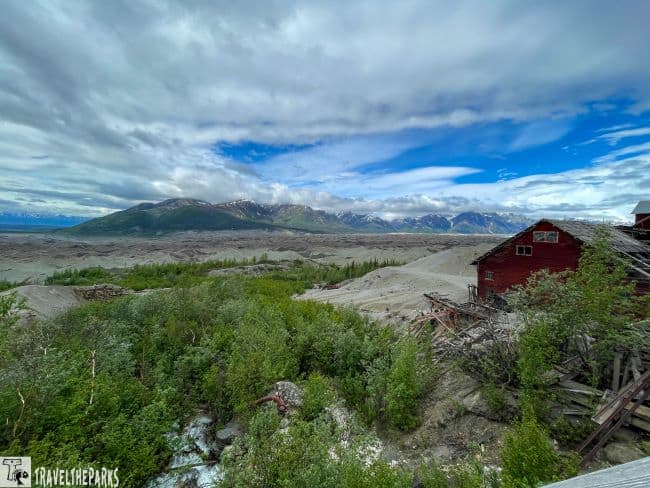
Glacial Wonderland: Embarking on the Root Glacier Trek in Wrangell-St. Elias National Park
There is a moderate 4-mile hike from the mine to the glacier has an elevation gain of 400 feet. The first few miles of the trail are relatively easy, however it steadily becomes steeper the closer you get to the glacier. We had excellent views of the Kennicott and Root glaciers on the well-marked trail. We saw plenty of bear scat on the trail so be bear aware and make plenty of noise. At the 2.5 mile mark you can descend to the glacier field. Walking on the glacier with hiking boots was not much of an issue for us.
Note: Always make noise and carry bear spray and know how to use it
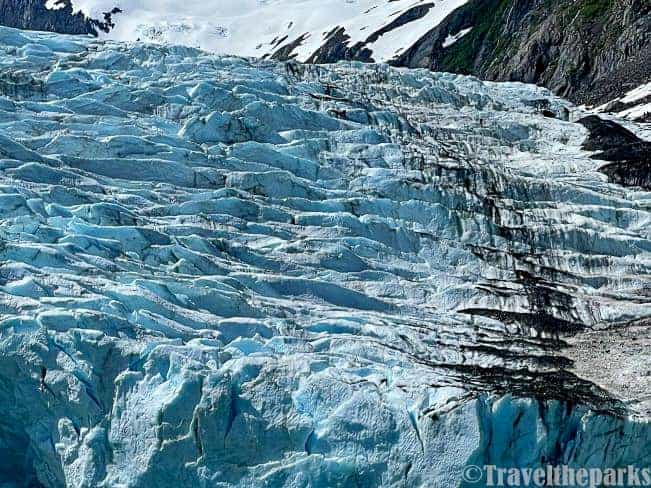
The hardest part of the trail is climbing over the lateral moraine and rock debris. Climbing onto the glacier is an adrenaline-pumping experience. We could have spent hours exploring the glacier. Alas, we had limited time. Most impressive was the deep blue pool, absolutely incredible! To experience the icefall itself, continue along the trail until you reach the cables for the Erie mine. Here you can see the entire stairway ice fall. You can pay the 80+ to have the guides take you to the glacier, but it is cheaper to just do it yourself. We found we did not need crampons, our hiking boots were perfectly adequate.
Note: One suggestion is the katabatic wind creates a chill, so bring a fleece or other jacket.
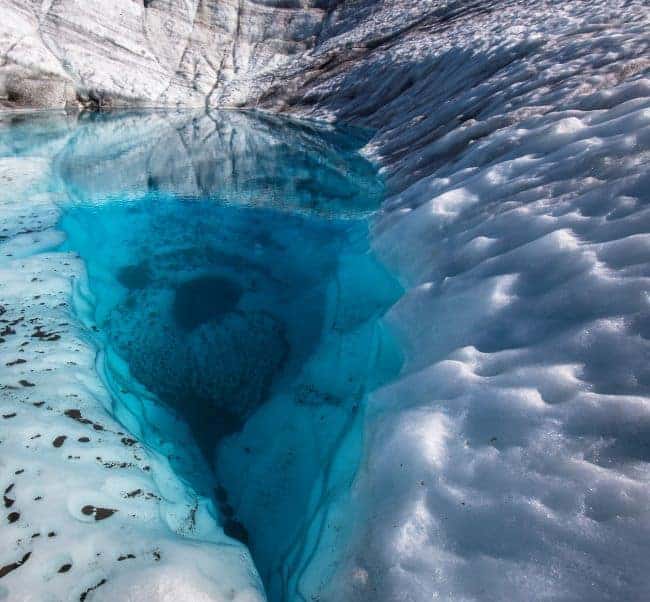
Where to Stay for an Unforgettable Wrangell-St. Elias National Park Visit: Accommodation Guide
There are not a ton of places to stay. However, using Airbnb, we found the perfect place where you can relax and rebound after an adventure at Wrangell St Elias national park. Pippin Lakeside Bed & Breakfast log cabin was a beautiful place that we loved. It is outside the hustle and bustle. Here, you can slow down and enjoy your surroundings. This lakeside property is at the intersection of the Richardson (AK-4) and Edgerton (AK-10) Highways. At MM 88, on the Richardson Hwy is only 30 miles from Chitina. Our host suggesting having dinner in Chitina at the restored historic hotel. Unfortunately, it is closed for 2021 season.
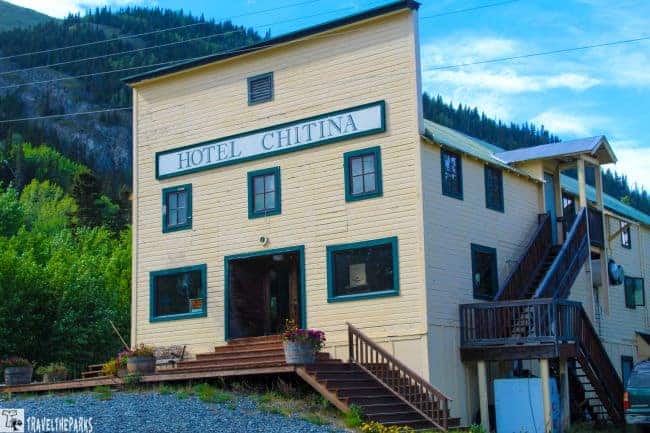
10 Essential Tips & Tricks: Wrangell-St. Elias National Park
- Have a plan – Let someone know where you are just in case. Be flexible. Even the best made plans may need to be adjusted. Plan for unforeseen circumstances: time, weather, road construction, etc.
- Prepare for variable weather– It can be unpredictable. Dress in layers and bring rain gear.
- Carry Bear spray– It is the best defenses defense against bears. Chances are you won’t need it, but better safe than sorry.
- Advanced reservations– make reservations early for lodging, tours and excursions. Having a reservation guarantees you won’t arrive at a park only to be disappointed.
- Cell phone may not work – while driving the McCarthy road or in wilderness areas of Wrangell St Elias national park, depending on your carrier.
- Grab the App. The new NPS App has all the visiting information for Wrangell St Elias National Park and Preserve ready to go. You also have the option to download the information for driving the McCarthy road before you arrive so you can still use the app even if your phone doesn’t have any cellular service.
- Be patient – The speed limit on the McCarthy road is 35 mph. Take it slow and enjoy the scenery. The road is often narrow, allow others to pass if room permits.
- Stop at Visitor Centers– Ask a ranger they always can answer questions, share vital road and trail updates, and let you know what activities are available.
- Carry a Spare Tire & jack– Although improvements to the McCarthy road are good, always check to see you have a spare before you go. Have a full tank of gas. No Fuel after Chitina..
- Leave no Trace– Best practices leave only footprints. Pack it in, pack it out.
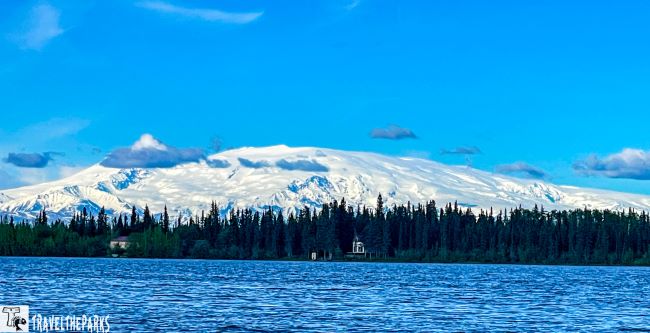
Final Thoughts: Astonishing Wrangell-St. Elias: Fortunes Won & Lost
Throughout the years, countless individuals have sought their fortunes in this rugged wilderness. From early gold prospectors and trappers to modern-day adventurers, Wrangell-St. Elias has attracted dreamers and risk-takers in pursuit of wealth, glory, and personal fulfillment. Some found success, carving out a livelihood amidst the challenges of the harsh environment. Others, however, faced the untamable forces of nature, leading to fortune lost and, in some cases, tragedy.
Alaska is an incredible treasure and Wrangell needs to be a part of any Alaska itinerary. The park’s name, “Wrangell-St. Elias,” is a tribute to the grandeur and diversity it offers. Throughout history, this wilderness has witnessed both fortunes won and lost, adding to its mystique and allure. Today, we have won our fortune. In the wild landscapes of Wrangell-St. Elias, a day trip driving the McCarthy Road, leaves us with memories we will cherish forever. Learning about the historic miners is priceless!
Have you been to Wrangell St. Elias? Tell us about your experience. We love if you would share in the comments below.


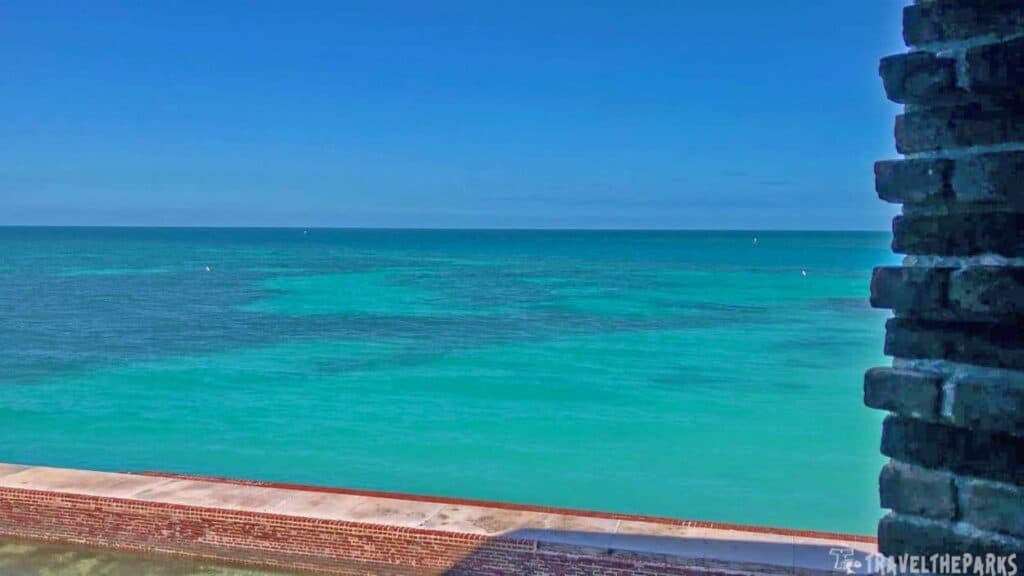

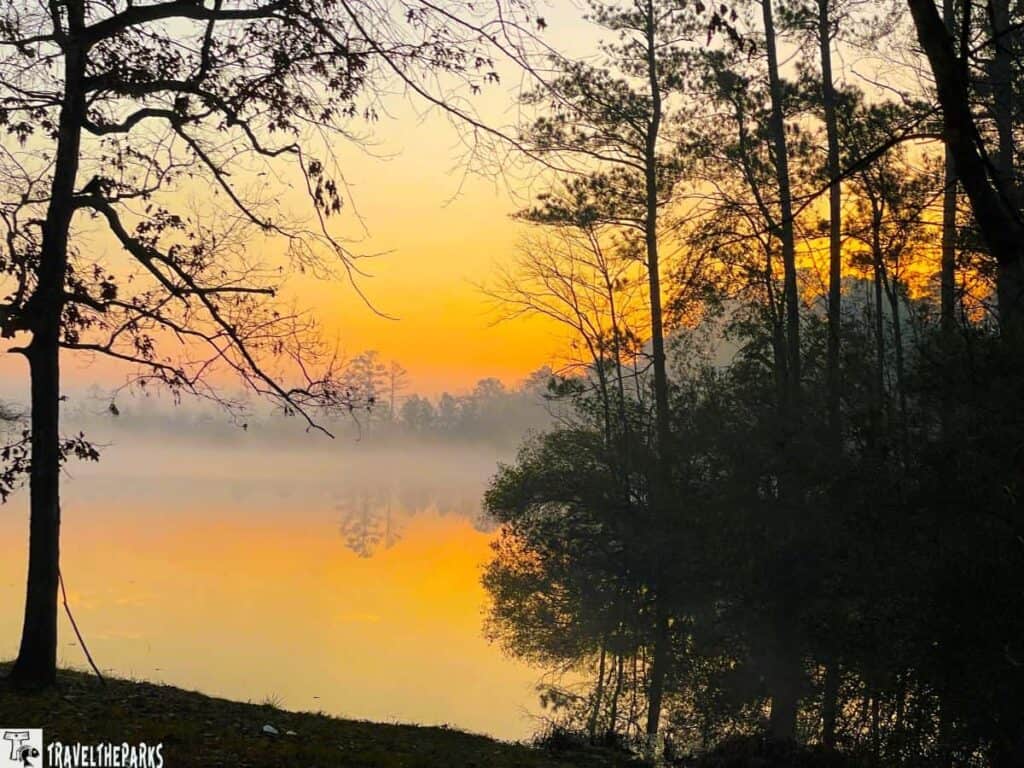
How to Plan a 10-Day Alaskan Road Trip Itinerary – Exclusively Fly
[…] and 16 national wildlife refuges. The national parks include Kenai Fjords, Denali, Lake Clark, Wrangell-Saint Elias, Gates of the Arctic, Kobuk Valley, Glacier Bay and Katmai National Park. Each is glorious in […]